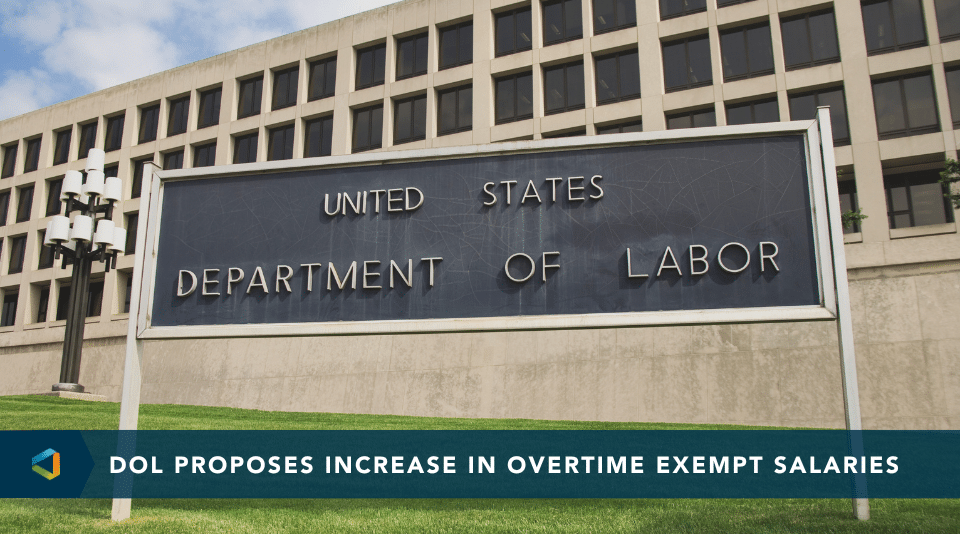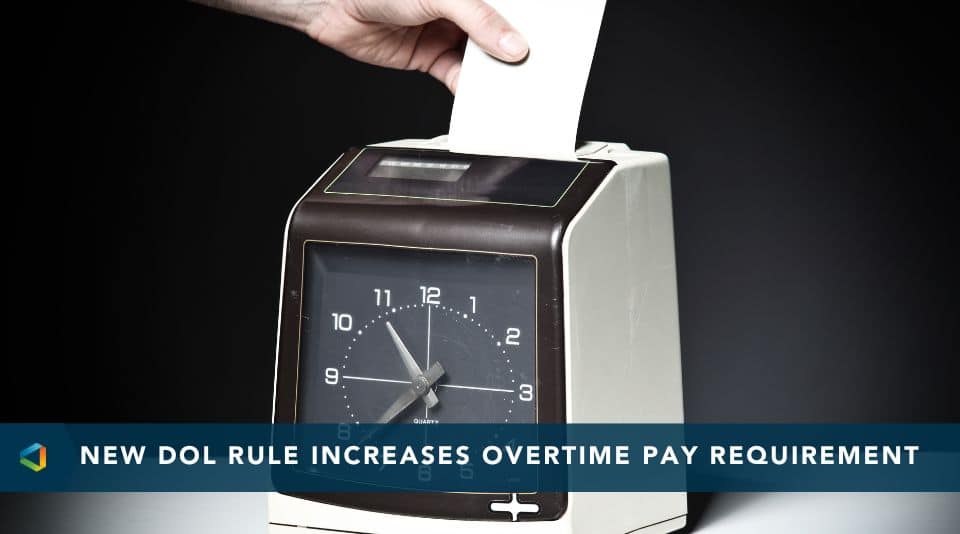Compliance Confidence
DOL Publishes Final Rule for FLSA Independent Contractor Classification
DOL Publishes Final Rule for FLSA Independent Contractor Classification
On January 10, 2024, the U.S. Department of Labor (DOL) published a final rule on how to determine whether a worker qualifies as an independent contractor or an employee under the Fair Labor Standards Act (FLSA).
Applies to:
All Employers with Independent Contractors
Effective:
March 11, 2024
Discussion:
The DOL’s original proposed rule was published in July of 2023 and received over 55,000 comments. Absent any significant legal challenges, the final rule is set to take effect on March 11, 2024.
The rule returns to a six-factor, economic realities test that asks whether a worker is economically dependent on the employer to determine independent contractor status. The six factors are:
(1) opportunity for profit or loss depending on managerial skill;
(2) investments by the worker and the potential employer;
(3) degree of permanence of the work relationship;
(4) the nature and degree of control exercised by each party over the work;
(5) extent to which the work performed is an integral part of the potential employer’s business; and
(6) skill and initiative.
Each of these factors is briefly described below:
1. Opportunity for Profit or Loss
This factor considers whether the worker has opportunities for profit or loss based on their opportunity to exercise managerial discretion. A worker who has no such opportunity is likely to be considered an employee. Notably, the final rule clarifies that the decision to work more hours or take more jobs when paid a fixed rate per hour or per job typically does not require the exercise of managerial skill/discretion that would be required for an independent contractor classification. Instead, the factor looks at whether, among other things, the individual can meaningfully negotiate the charge or pay for the work provided, whether the worker engages in marketing, advertising, or other efforts to expand their business or secure more work, and whether the worker makes the decision to hire others, purchase materials/equipment, and/or rent space.
2. Investments by the Worker and the Potential Employer
This factor focuses on whether the worker’s investments are capital or entrepreneurial, meaning whether they “support an independent business and serve a business-like function.” Costs incurred by the worker for tools and equipment to perform a specific job, for specific labor, and that the potential employer imposes, unilaterally all favor a classification of employee, as opposed to independent contractor.
3. Degree of Permanence of Work Relationship
The degree of permanence factor focuses on the duration and longevity of the working relationship. Relationships that are indefinite, continuous, or exclusive tend to favor an employee classification, whereas relationships that are definite in duration, non-exclusive, or sporadic tend to lean in favor of an independent contractor classification. The final rule clarifies that the ultimate question under this factor is whether short periods of work are due to workers acting independently to obtain business opportunities or whether they are due to the operational characteristics of particular industries.
Relationships that are indefinite, continuous, or exclusive tend to favor an employee classification.
4. Nature and Degree of Control
This factor focuses on the level of control that a prospective employer exercises over the worker. Under the final rule, “actions taken by the potential employer that go beyond compliance with a specific, applicable federal, state, tribal, or local law or regulation and instead serve the potential employer’s own compliance methods, safety, quality control, or contractual or customer service standards may be indicative of control.” Therefore, actions taken by a potential employer with the sole purpose of complying with a specific law or regulation would not, on its own, indicate an employer-employee relationship. However, if an employer asserts control over other aspects of the relationship such as, but not limited to, the worker’s schedule, work performance, worker discipline, or otherwise demands or restricts the worker in a way that prevents the worker from working for others, such aspects of the work relationship would tend to indicate an employee classification.
5. Integral Part of Employer’s Business
To determine whether work is an “integral part” of the prospective employer’s business, employers must conduct an evaluation of whether the function the worker is performing is “critical, necessary, or central” to the employer’s primary business. This focuses on the work performed in relation to the business of the company, as opposed to whether the workers themselves are integral to the business. Where work performed is determined to be “critical, necessary, or central,” then this factor favors an employee classification under the final rule.
6. Skill and Initiative
The last factor focuses on whether the worker uses specialized skills for the work performed, and where “those skills contribute to business-like initiatives,” this factor will favor classifying the individual as an independent contractor. That said, the DOL clarifies that the use of specialized skills is just part of the inquiry, and workers who lack specialized skills may nevertheless be classified as independent contractors. Therefore, the central question instead is whether the worker’s skills contribute to business-like initiatives. In situations where the worker relies on the employer to provide training to perform the work, this factor favors employee classification.
The DOL has indicated that the new rule “is not intended to disrupt the business of independent contractors who are, as a matter of economic reality, in business for themselves.”
Moving Forward for Employers
Unlike the prior 2021 rule that held two “core” factors above another three “less probative” factors, no one factor in the economic reality test is intended to be determinative of the working relationship. Instead, all factors should be weighed equally to consider the totality of the circumstances in each case. Additional factors may be considered if they are relevant to the overall question of economic dependence.
Notably, the DOL has indicated that the new rule “is not intended to disrupt the business of independent contractors who are, as a matter of economic reality, in business for themselves.” The DOL has signaled that its early enforcement initiatives will be directed toward workers in low-income industries, as well as the construction and healthcare industries.
As employers begin to audit their existing independent contractor relationships in light of this final rule, they should keep in mind that this rule only applies to classifications under the FLSA, and not to other federal or state laws (e.g., those governed by the IRS, NLRB, state unemployment insurance, state wage and hour laws, etc.). If other laws impose different or stricter classifications tests, the employer should continue to abide by all applicable classification requirements.
Action Items for Employers
1. Review independent contractor relationships with counsel to determine proper classification and re-classify workers if necessary.
Regardless of how your employees are classified, getting compensation right is an important task for organizations that want to become employers of choice. Check out our blog post Salary Benchmarking Compensation the Right Way to learn more.




